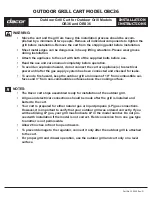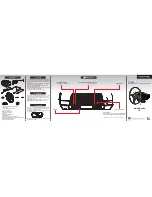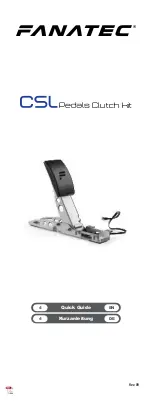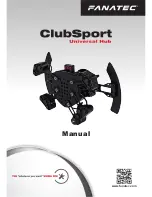
Subsequently, the two screws (hexagonal socket) on the
lateral chinstrap fixing are to be loosened (B).
Following the opening of both short neck straps (C), the
chinstrap can be slipped out and then washed in a wa-
shing machine at low temperature (use a mild detergent
only).
During reassembly, it is recommended that the head
strap be inserted first and the over head strap Velcro
fixing securely fastened. The two neck straps should
then be fixed and the lateral screws mounted.
After reassembly of the chin strap make sure that all
straps and screws are securely fixed to the helmet.
Inspection
Inspect each element of the helmet assembly after EACH use
carefully for function, cleanliness, tears, cracks, holes and any
physical, impact, thermal and use damage. Disassemble and ca-
refully inspect helmets that have been exposed to excessive
heat ore have taken an impact. Replace ANY part showing wear
or damage.
Helmets absorb the energy of a blow by partial destruction of,
or damage to, the helmet. Even though such damage may not be
readily apparent, any helmet subjected to a severe impact
should be replaced immediately.
If there is a damage, remove the helmet from service immedia-
tely and repair or replace the damaged part before using the
helmet again.
NEVER use a damaged helmet !
Helmet Shell – Replace if any of the following conditions are
evident
a) Any cracks, dents or deep scratches > 1mm
b) Deformations (from mechanical impacts, exposure to ex-
cessive heat, flame etc.)
Visors – Faceshields
a) Replace if blisterd, bubbled, cracked, or charred
b) Replace if deformations or other heavy damages occur
c) Replace if lens does not stay in the stowed position and/
or cannot be adjusted
Edge Trim
a) Reattach if separated but intact (ask manufacturer for
special heat resistant glue)
b) Replace if damaged
Reflective Trim
a) Replace if damaged, nonreflective or missing
Chinstrap – Replace if any of the following conditions are evident
a) Frayed, missing, or broken parts
b) Frayed, cut or broken stitching
c) Worn-out hook and loop parts
d) Broken, worn-out or missing release buckle
Suspension straps - Replace if any of the following conditions
are evident
a) Cut, or broken stitching
b) Tears or abrasions on straps
c) Brittleness
d) Discoloration
Head band - Replace if any of the following conditions are evident
a) Brittleness
b) Cracked or broken
c) Ratchet system does not work properly
Ear covers - Replace if any of the following conditions are evident
a) Cut, or broken stitching
b) Nomex layer discoloured, charred or perforated
General
a) Inspect carefully for all screws to be securely tightened
Retirement criteria
Your fire department or employer must determine whether or
not your protective helmet assembly is ready for retirement and
replacement.
The service life of this protective helmet will vary depending
upon how much it has been used and how well it has been clea-
ned and maintained.
If you are unsure whether your protective helmet should be reti-
red, do NOT use it.
Unless the responsible authority determines that your protecti-
ve helmet is ready for retirement earlier, the over all service life
of this protective helmet shall not
exceed a total period of 10 years.
MAINTENANCE
Chinstrap replacement
As described under “Cleaning”, the chinstrap can be removed
using an Allen key and then reinserted using the reverse proce-
dure. The chinstrap is then to be properly adjusted, the over
head velcros to be securely fixed and the screws to be tightened.
A
B
C


































